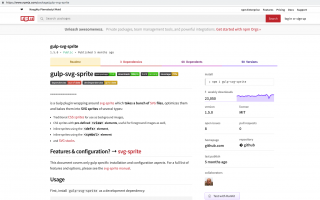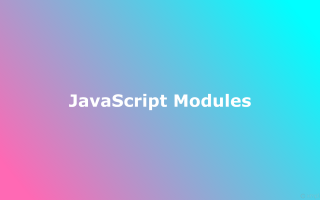A closure is the combination of a function and the lexical environment within which that function was declared.
This environment consists of any local variables that were in-scope at the time the closure was created.
Closures are useful because they let you associate some data (the lexical environment) with a function that operates on that data. This has obvious parallels to object-oriented programming, where objects allow us to associate some data (the object’s properties) with one or more methods.
Consequently, you can use a closure anywhere that you might normally use an object with only a single method.
Situations where you might want to do this are particularly common on the web. Much of the code we write in front-end JavaScript is event-based — we define some behavior, then attach it to an event that is triggered by the user (such as a click or a keypress). Our code is generally attached as a callback: a single function which is executed in response to the event.
https://developer.mozilla.org/en-US/docs/Web/JavaScript/Closures



